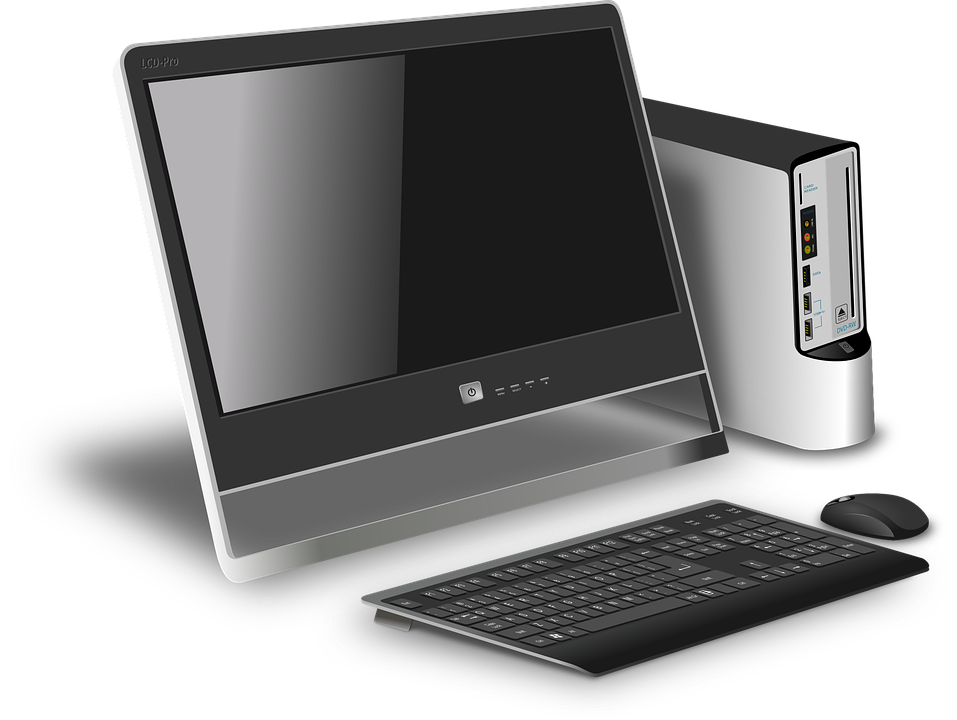
Technology has revolutionized the way we work, and collaborative workspaces are at the forefront of this transformation. In today’s fast-paced, interconnected world, organizations are recognizing the value of fostering team innovation by creating environments that promote collaboration, communication, and creativity. These modern workspaces are designed to break down traditional barriers, enabling teams to work together seamlessly, whether they are in the same office or spread across different locations.
The Power of Collaboration
Collaboration is an essential ingredient for innovation. When individuals with diverse skills, perspectives, and ideas come together, they can tackle complex problems, generate fresh insights, and produce breakthrough results. Collaborative workspaces provide the perfect setting for teams to leverage their collective intelligence and create solutions that go beyond what any individual could achieve alone.
Breaking Down Physical Barriers
Traditional work settings with cubicles and closed-door offices hinder collaboration and limit communication. Collaborative workspaces are designed to break down these physical barriers and create an open, transparent environment that encourages interaction. By replacing cubicles with open-plan layouts, organizations foster spontaneous collaboration and make it easier for team members to share ideas and seek feedback from their peers.
Moreover, collaborative workspaces often feature flexible seating arrangements, such as communal tables, cozy lounges, and standing desks. These options provide teams with the freedom to move around, form impromptu discussions, and work in spaces that best suit their needs. Such fluidity not only enhances creativity but also supports the development of personal connections among team members.
Integration of Technology
Technology plays a vital role in empowering collaboration within workspaces. With the rise of cloud-based tools and virtual collaboration platforms, teams can work seamlessly regardless of their physical locations. Collaborative workspaces are equipped with state-of-the-art technology, including video conferencing systems, interactive whiteboards, and project management apps, to facilitate remote collaboration and ensure effective communication.
Additionally, digital displays and smart boards are strategically placed throughout the workspace, serving as visual aids for presentations, brainstorming sessions, and data sharing. These interactive displays not only make information more accessible but also encourage active participation and engagement from all team members, thereby driving innovation forward.
Spaces for Individual Focus
While collaboration is key, it is also important to acknowledge that individuals sometimes require periods of focused work. Collaborative workspaces understand this need and incorporate quiet zones or dedicated spaces to provide team members with the solitude they occasionally need to concentrate and produce their best work.
These spaces are designed to be free from distractions, allowing individuals to achieve a state of deep focus, whether they are working on a complex coding task or writing a detailed report. By striking a balance between collaboration and individual work, collaborative workspaces cater to the diverse needs of the team and promote overall productivity and innovation.
Creating a Culture of Innovation
Collaborative workspaces not only provide a physical environment for team collaboration but also contribute to the creation of a culture of innovation within organizations. By breaking down hierarchical structures and encouraging open communication, these workspaces foster a sense of equality and empower every team member to contribute their ideas and opinions.
Moreover, collaborative workspaces often organize regular team-building activities, workshops, and knowledge-sharing sessions to promote interdisciplinary collaboration and continuous learning. These initiatives further strengthen the bond between team members and nurture a creative and collaborative mindset that fuels innovation.
The Future of Work
The concept of collaborative workspaces has gained significant momentum over the years, and it is undoubtedly shaping the future of work. As organizations continue to prioritize innovation and seek ways to maximize the potential of their teams, collaborative workspaces will become an integral part of their strategy.
By providing an environment that nurtures collaboration, breaks down barriers, and integrates technology, these workspaces drive team innovation to new heights. As teamwork becomes more interconnected and dynamic, collaborative workspaces empower organizations to stay ahead in a rapidly evolving tech landscape, enabling them to embrace the challenges and opportunities of the digital age with confidence.


